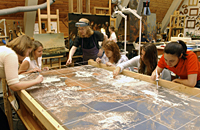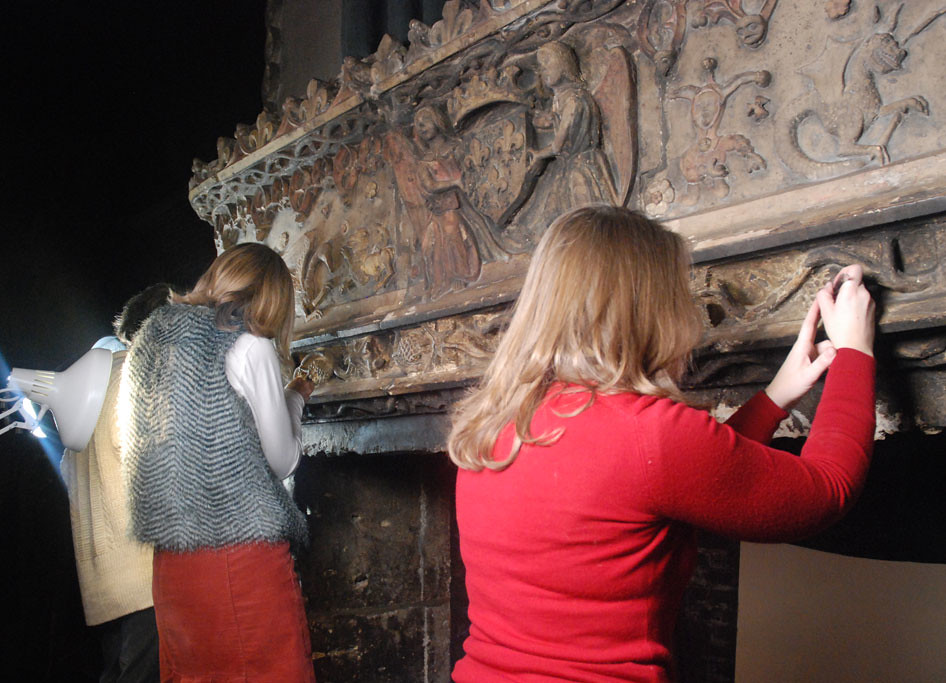Over the past few months The New York Times has published a number of articles and short notices about conservation projects:
A Hidden Treasure Struggles in Los Angeles (February 1): The Los Angeles County Museum of Art has taken over responsibility for Simon Rodia’s Watts Towers from the City of Los Angeles which can no longer afford to maintain the work. A preliminary estimate of the cost of needed restoration work is $5 million.
Restoration is Planned for Historical Murals (February 23): A set of murals depicting events in African-American history owned by Talladega College in Alabama will be cleaned and restretched at the High Museum(Atlanta) before they are exhibited in Atlanta and Indianapolis.
A Plan to Restore a Destroyed Buddha (March 1): After studying fragments of the statues for eighteen months, scientists at Munich’s Technical University have concluded that the smaller of the Bamiyan Buddhas (which were destroyed by the Taliban in 2001) could be reconstructed at the site from its 1,400 fragments .








